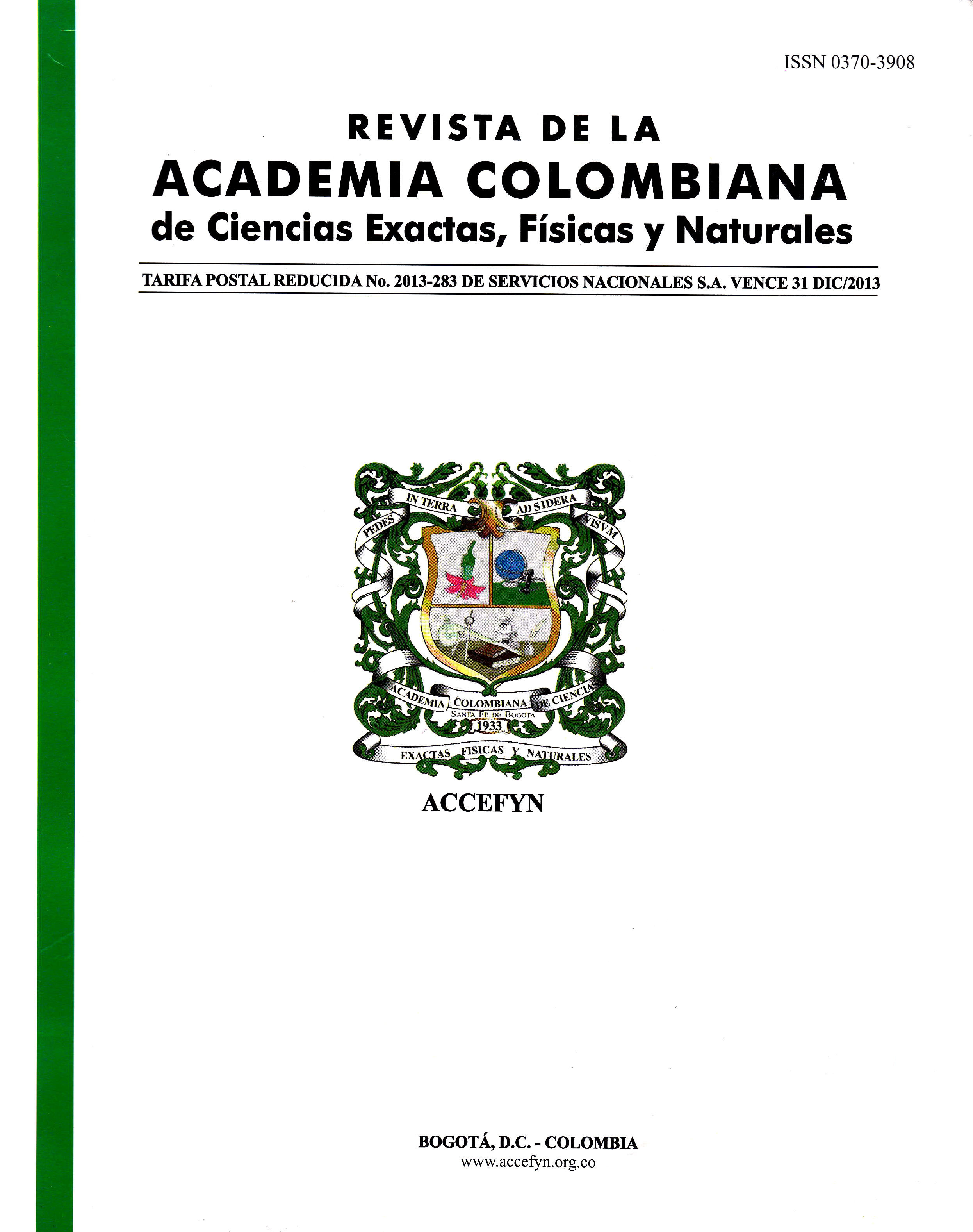Resumen
Inicialmente hacemos una descripción de la génesis del satélite Libertad 1, un CubeSat de tipo 1U adquirido y adaptado por la Universidad Sergio Arboleda el cual se constituyó en el primero objeto en orbitar la Tierra por parte de una institución colombiana. Posteriormente se realiza un análisis de sus elementos orbitales registrados por el NORAD y se calculan las tasas de decaimiento del semieje mayor causado por rozamiento atmosférico en un periodo de cinco años. A partir de estos valores procedemos a una estimación de la densidad promedio de la atm´ósfera terrestre a una altura cercana a los 720 km.
Referencias
Anderson, J. D. 2000. Introduction to Flight, McGraw-Hill Co., Singapur.
Brooks, D. R. 1977. An Introduction to Orbit Dynamics and Its Application to Satellite-Based Earth Monitoring Missions, NASA Reference Publication 1009, Washington, D.C.
Caday-Eames, E. 2006. Small Box, Big Potential. Boeing Frontiers, Octubre, p. 20.
Hill, J. et al. 2011. The NSF Firefly CubeSat mission: Rideshare mission to study energetic electrons produced by lightning, IEEE Aerospace Conference.
Joya, R. 2007. Libertad 1, primer sat´elite colombiano en el espacio. Innovaci´on y Ciencia, 14: 16-23.
Joya, R., et al. 2007. Misi´on Libertad 1, primer sat´elite colombiano. An´alisis Geogr´aficos, 37: 140-143.
Kitts, C., et al. 2007. Flight Results from the GeneSat-1 Biological Microsatellite Mission. Proc. 21, AIAA/USU Conference on Small Satellites, Logan Utah.
Anderson, J. D. 2000. Introduction to Flight, McGraw-Hill Co., Singapur.
Brooks, D. R. 1977. An Introduction to Orbit Dynamics and Its Application to Satellite-Based Earth Monitoring Missions, NASA Reference Publication 1009, Washington, D.C.
Caday-Eames, E. 2006. Small Box, Big Potential. Boeing Frontiers, Octubre, p. 20.
Hill, J. et al. 2011. The NSF Firefly CubeSat mission: Rideshare mission to study energetic electrons produced by lightning, IEEE Aerospace Conference.
Joya, R. 2007. Libertad 1, primer sat´elite colombiano en el espacio. Innovaci´on y Ciencia, 14: 16-23.
Joya, R., et al. 2007. Misi´on Libertad 1, primer sat´elite colombiano. An´alisis Geogr´aficos, 37: 140-143.
Kitts, C., et al. 2007. Flight Results from the GeneSat-1 Biological Microsatellite Mission. Proc. 21, AIAA/USU Conference on Small Satellites, Logan, Utah.
McCuskey, S. W. 1963. Introduction to Celestial Mechanics, Addison-Wesley Pub. Co., Reading, Massachusetts.
McHugh, M. J., et al. 2009. DUst Sounder and Tempera- ture Imager Experiment (DUSTIE). American Geophysical Union, abstract No. SM33C-1575.
Milani, A., Nobili A. M., Farinella, P. 1987. Non- Gravitational Perturbations and Satellite Geodesy, Adam Hilger, Bristol.
Murray C. D. & Dermott, S. F. 1999. Solar System Dy- namics, Cambridge University Press, Cambridge.
Oltrogge, D. F. & Leveque, K. 2011. An Evaluation of CubeSat Orbital Decay. En Small Satellite Conference, Logan, Utah.
Portilla, J. G. 2009. Elementos de Astronom´ıa de Posici´on. Editorial Universidad Nacional de Colombia, Bogot´a.
Soojung-Kim Pang, A. & Twiggs, B. 2011. Citizen Satel- lites. Scientific American, 304: 28-33.
Toorian, A., Diaz, K., & Lee, S. 2008. The Cube Sat Ap- proach to Space Access, IEEE Aerospace Conference.
Vallado, D. A. 1997. Fundamentals of Astrodynamics and Applications, McGraw-Hill Co., New York.
Waido, S., Henry, D. & Campbell, M. 2002. Cube- Sat Design for LEO-Based Earth Science Missions, IEEE Aerospace Conference.
Woellert, K., et al. 2011, Cubesats: Cost-effective Science and Technology Platforms for Emerging and Developing Nations. Advances in Space Research, 47: 663-684.

Esta obra está bajo una licencia internacional Creative Commons Atribución-NoComercial-SinDerivadas 4.0.
Derechos de autor 2023 Revista de la Academia Colombiana de Ciencias Exactas, Físicas y Naturales

